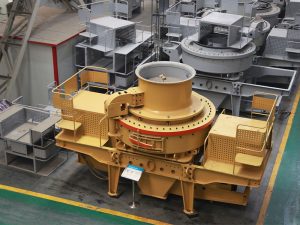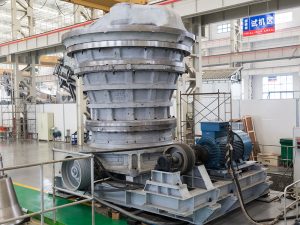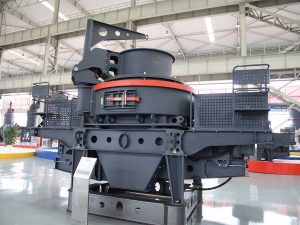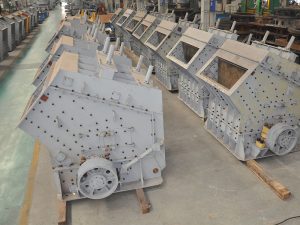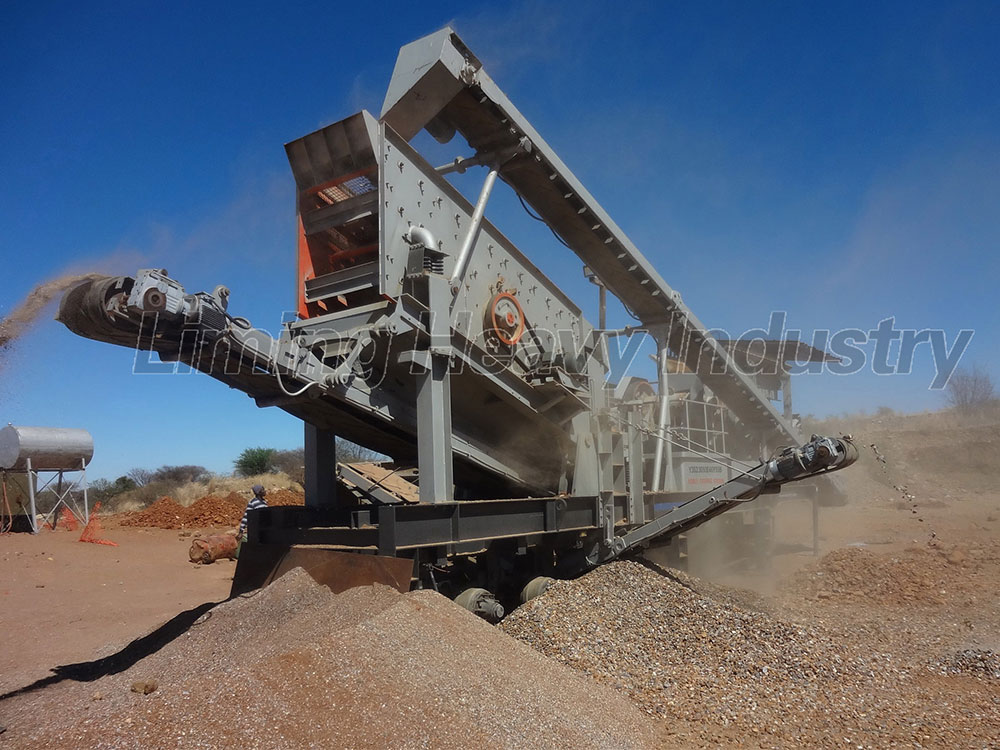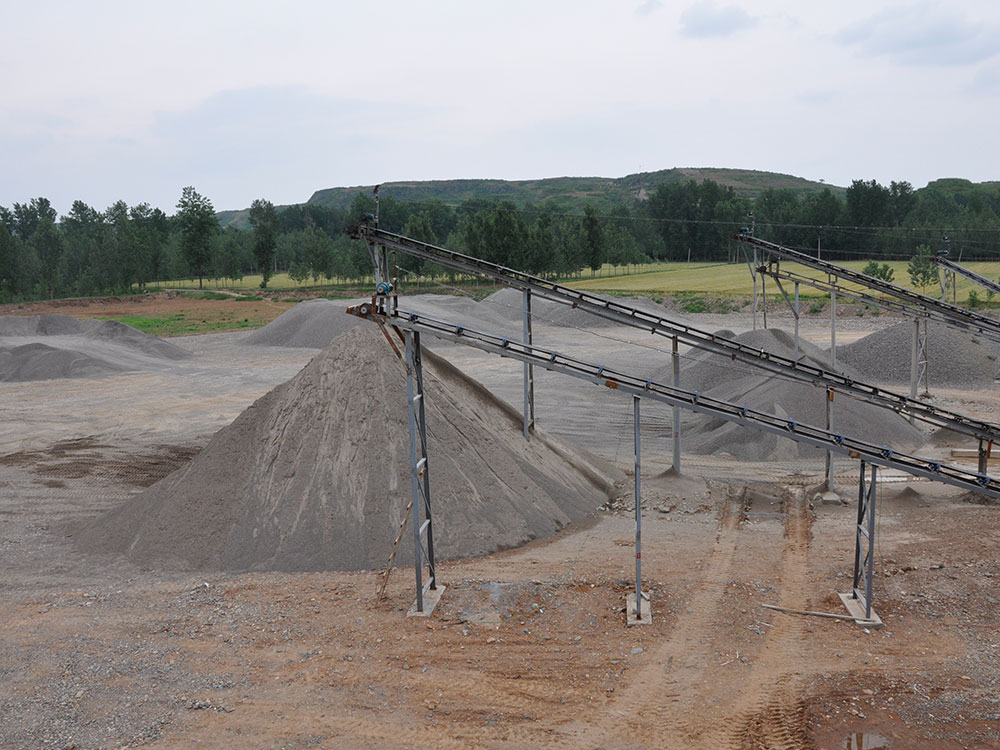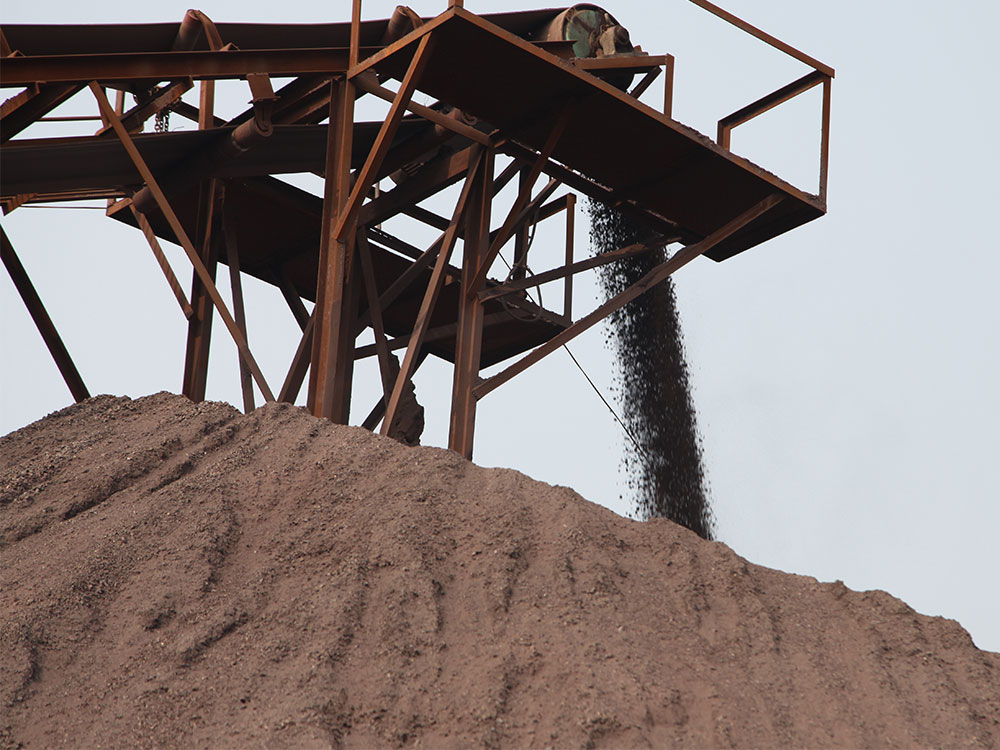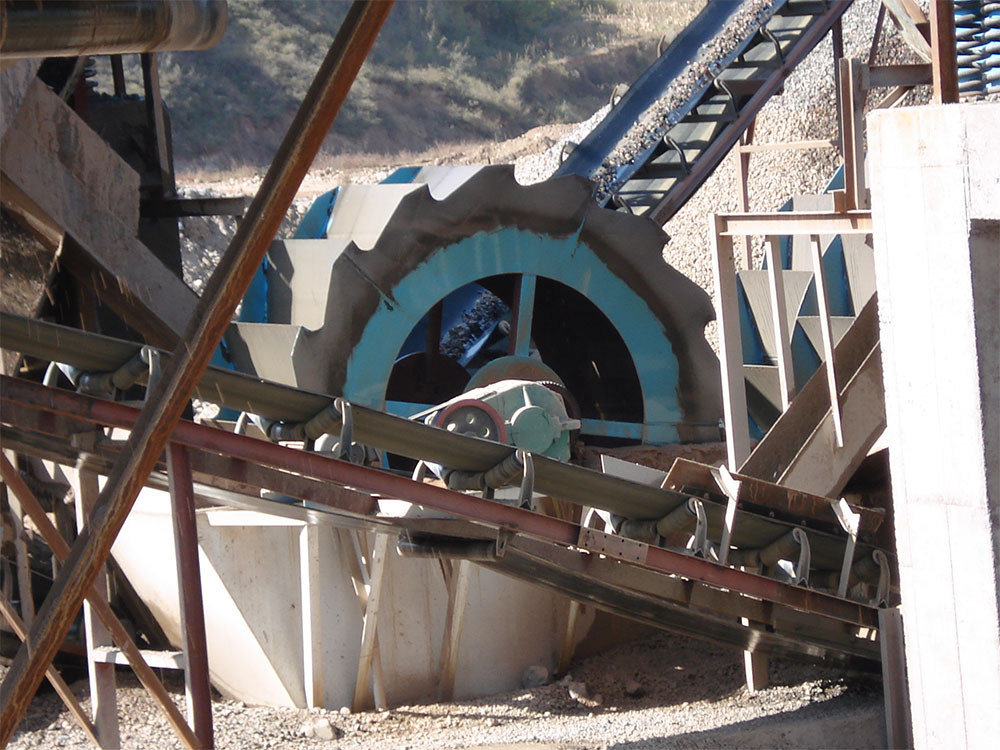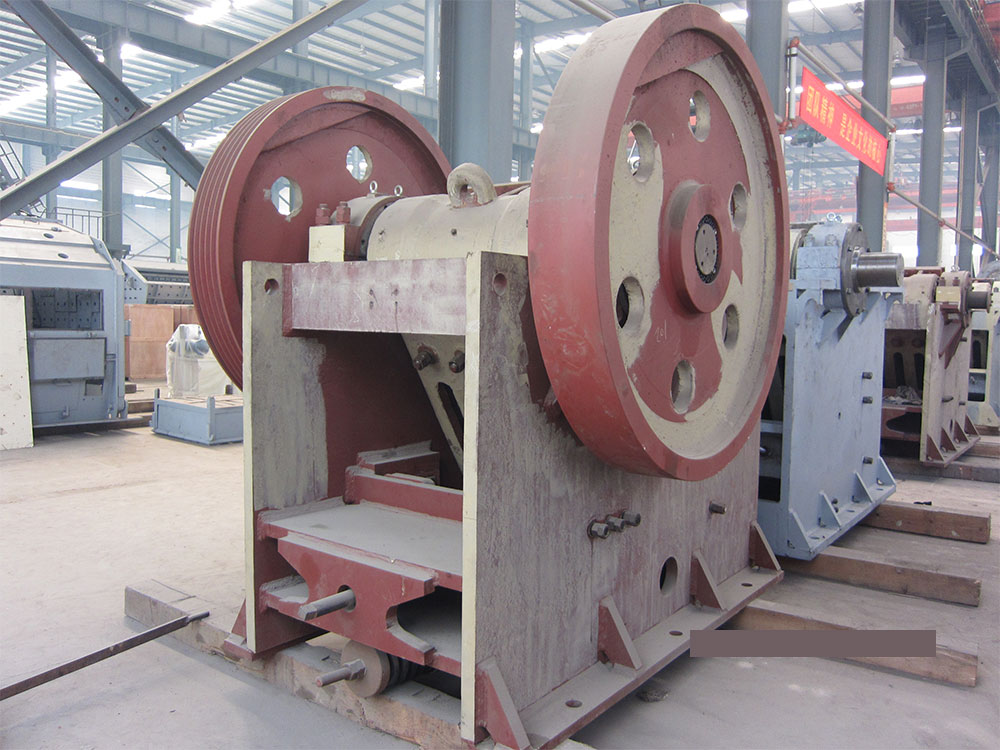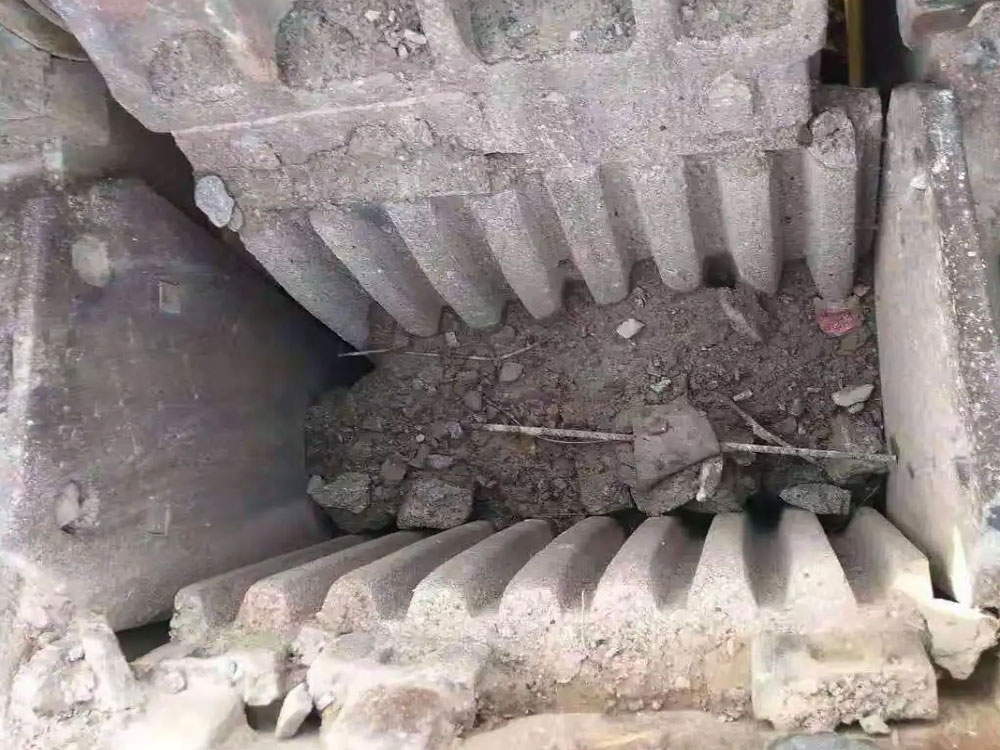When selecting suitable metal ore crushing equipment, it is indeed necessary to comprehensively consider many key factors such as the hardness of the ore, the required processing capacity and the final particle size requirements. These factors not only affect the selection of equipment, but also directly related to the production efficiency, operating costs and the quality of the final product. The following will provide you with a detailed introduction to the stage of equipment selection recommendations and core equipment to help you make a more informed choice.
I. Rough crushing stage: equipment designed for high hardness ores
Jaw Crusher
Applicable fields: Jaw Crusher is the first choice for preliminary crushing of metal ores, especially for high hardness ores such as gold ore, iron ore, etc., whose compressive strength does not exceed 320MPa. Ore. It has a wide range of feed size, from 125mm to 1020mm, which can meet the needs of different scale of production.
Main Advantages:
Sturdy structure: the jaw crusher is made of high quality cast steel material, which has extremely high wear resistance and impact resistance, ensuring the stability and reliability of the equipment in long-term operation.
High Crushing Ratio: With optimized design of movable jaw and static jaw structure, the jaw crusher is able to achieve up to 6 to 8 times of crushing ratio, which effectively improves the production efficiency.
High capacity: Some of the large jaw crushers have a capacity of up to 800 tons/hour, which meets the high productivity requirements of large-scale mining operations.
Low energy consumption and easy maintenance: Adopting advanced energy-saving technology and optimized design, the jaw crusher consumes less energy during operation and is easy to maintain, which reduces the operation cost.
Classic model example: PE900×1200 jaw crusher, with a capacity of 220 to 450 tons/hour and an adjustable discharge opening size of 95 to 165 mm, can flexibly adapt to different production needs.
Second, medium and fine crushing stage: balance between crushing efficiency and particle size control
Cone Crusher (Hydraulic type)
Applicable fields: Cone crusher is suitable for secondary crushing operation of medium and high hardness ores, such as granite, copper ore, etc. The target particle size is less than or equal to 1,000 tons per hour. Its target particle size is less than or equal to 50 mm, which can meet the high requirements of fine crushing operation.
Technology Upgrade Points:
Flexible Adjustment by Hydraulic System: Through the hydraulic system, the cone crusher is able to flexibly adjust the size of the discharge opening to realize precise control of the particle size. For example, it can be adjusted to the range of 13 to 20 millimeters to satisfy different particle size requirements.
Overload protection function: Equipped with overload protection function, it can effectively prevent the occurrence of material clogging and ensure the stable operation of the equipment.
Multi-cylinder hydraulic model improves efficiency: The multi-cylinder hydraulic model adopts the “more crushing, less grinding” method, which significantly improves the efficiency of the production line by optimizing the crushing chamber and the distribution of crushing force.
Comparison with spring cone crusher: Compared with spring cone crusher, hydraulic cone crusher is more convenient for maintenance, and the risk of foreign body blockage is significantly reduced, which improves the reliability and stability of the equipment.
Hammer Crusher
APPLICATION FIELD: Hammer crusher is suitable for fine crushing operation of medium hardness brittle ores, such as limestone, rock gold ore and so on. Its target particle size is less than or equal to 5mm, which is suitable for small and medium-sized mining operations.
Advantageous features:
Low investment cost: the structure of hammer crusher is relatively simple and the manufacturing cost is low, so the investment cost is also relatively low.
Reduced grinding load: The hammer crusher can be directly connected to the re-election equipment, which effectively reduces the load of subsequent grinding operations and improves the overall production efficiency.
C. Solutions to cope with special working conditions
Mobile Crushing Plant
Applicable fields: Mobile Crushing Plant is suitable for projects with complex site conditions and frequent transfers, such as remote mining areas or short-term mining projects. Its flexibility and convenience can meet the production needs under special working conditions.
Core value:
No need for foundation installation: The mobile crushing plant does not require complex foundation installation and has a short start-up period of 48 hours.
Flexible and customized production line solutions: Supporting a variety of combinations such as “Jaw Crusher + Cone Crusher” and other configurations, the production line can be flexibly customized according to the actual needs to meet different production requirements.
Roll Crusher
Application: Roll Crusher is suitable for medium and fine crushing of low abrasive ores, such as coal gangue. It has cubic shape requirement for the finished product, which can meet the production demand of specific industries.
Features Overview:
Uniformity of Discharge Size: Hydraulic roll crusher has uniform and consistent discharge size, adjustable range between 2 and 10 mm to meet different particle size requirements.
Higher sand formation rate: The roller crusher can produce a higher sand formation rate during the crushing process, which improves the added value of the product.
Fourth, equipment selection considerations
Common Troubleshooting Strategies:
Jaw Plate Wear Problem: For the problem of larger particle size caused by jaw plate wear, it can be solved by regularly changing the direction of the jaw plate or adjusting the size of the discharge opening. At the same time, the use of better wear-resistant jaw materials can also effectively extend the service life.
Cone crusher “flying” phenomenon: For the cone crusher “flying” phenomenon, you can adjust the eccentricity to stabilize the discharge size. For example, reduce the eccentricity from 50mm to 40mm to reduce the vibration and impact of the equipment.
Plugging situation processing: control the material humidity below 15%, and install the iron remover for pre-screening treatment to reduce the occurrence of plugging. At the same time, regularly check the size of the equipment's feeding and discharging ports to ensure unobstructed flow.
Energy efficiency optimization strategy:
Use high-power equipment in the coarse crushing stage: Priority is given to using high-power jaw crushers in the coarse crushing stage to improve crushing efficiency and output. For example, a model with a 160kW motor can meet the high production requirements of large-scale mining operations.
Hydraulic Cone Crusher for Medium Crushing: A hydraulic cone crusher is used in the medium crushing stage to reduce overall energy consumption. By optimizing the crushing chamber and force distribution, the crushing operation can be highly energy efficient.
Avoid the use of impact crusher: For metal ores with high hardness (such as gold ores with quartz veins), the use of impact crusher should be avoided. Because the impact crusher is easy to wear and inefficient in crushing high hardness ores, while the cone crusher can be better adapted to the crushing needs of such ores.
To summarize, the selection of metal ore crushing equipment needs to comprehensively consider a number of factors, including the hardness of the ore, the required processing capacity, the final particle size requirements and the performance characteristics of the equipment. Through scientific and reasonable selection strategy, it can ensure the stable operation and efficient output of the production line, and create greater economic benefits for the enterprise.


